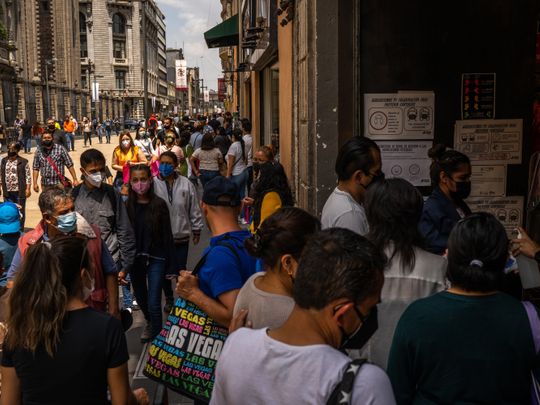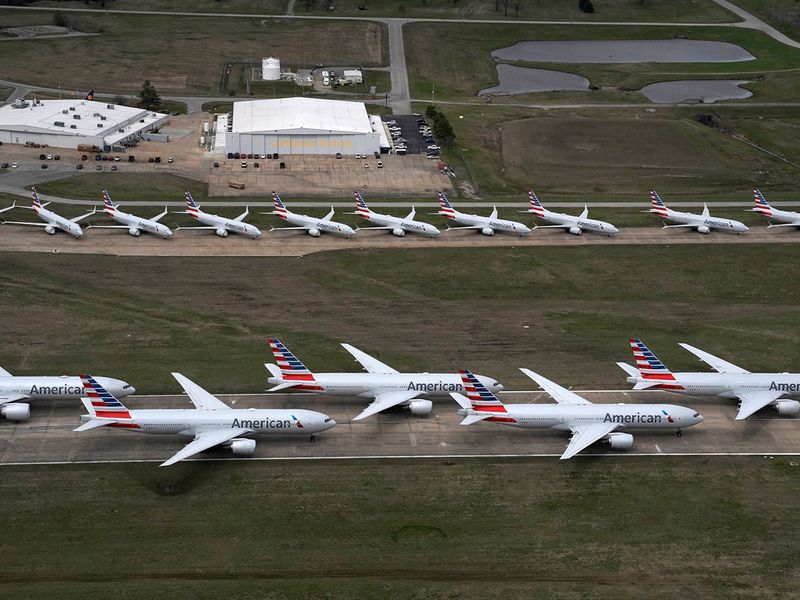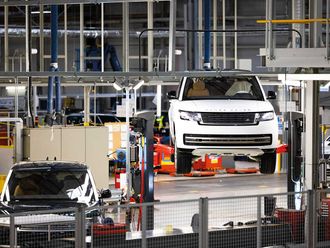
It is way too early to estimate losses suffered by the global economy due to COVID-19, even though there are already some suggesting it could have been as high as $12 trillion. If this is the case, the losses far exceed all was lost during the Great Depression of the last century.
But there is still much the world can be relieved about, after the widespread use of vaccines and paved the way for the resumption of economic activity. It will, however, be the repercussions that will take longer to be overcome, especially as they have already led to profound disruptions to the infrastructure of the global economy, with more of AI and new-age tech innovations rewrite production and labour requirements.
This is why the process of recovery will face several obstacles. Plus, vaccines may reduce the severity of infections, but do not provide full protection due to the many virus mutations.
Hitting production hard
The pandemic has led to the near complete cessation of vital manufacturing sectors, such as mineral mining. This has set off an acute shortage of key commodities, and have a telling effect on categories such as semiconductor chips, in turn affecting the construction, automotive and other industries. If the shortages persist, it will lead to the onset of higher commodity prices and inflationary pressures.

The chip shortage has restricted their exports from the US, which is also the biggest consumer. This has had many unforeseen consequences across global markets, leading to significant declines in Huawei's production as well as at European car giants. The shortages have not spared any.
It is part of a broader supply chain disruptions that became obvious right from the early days of the pandemic. Economies and manufacturers now find regaining the pre-COVID-19 cycle of production is not going to be easy, nor will it prove inexpensive. Such obstacles will continue to create a gap between supply and a gradual recovery in demand.
The Saudi petrochemicals giant SABIC recording a five-fold gain in the first-half of the year... This is in no small measure related to the steady firming up in oil prices and demand
Workforces are having issues
Far away from the factory floors and offices, there is a behavioral change manifested in workers everywhere. Part of it is being exposed to a work-from-home situation through last year, and which is shifting to hybrid ways. A third of workers in the US prefer to stick to remote ways of doing their part. They do not favour a return to work from offices, even if this leads to their dismissal. (The same applies to the education sector, though with less dramatic consequences.)
A number of workers are demanding wage increases, while those in developed economies have been able to generate handsome savings thanks to relief from governments to support individuals and businesses. Many were able to get their full wages at a time when their expenses reduced due to home confinements.
But for others, there are issues of higher unemployment rates, as several economies lack in resources to get those vaccines, which deepens their social and economic woes.
3.1 %
Projected UAE growth in 2021
Recovery prospects
What then are the prospects for a global recovery against such dramatic contradictions? The prospects seem promising, albeit dependent on what might happen if the Delta variant of the COVID-19 spreads. The industrial sector is expected to perk up faster than services. Oil dependent economies can already feel such a bounce, with, for instance, the Saudi petrochemicals giant SABIC recording a five-fold gain in the first-half of the year. This is in no small measure related to the steady firming up in oil prices and demand.

Airlines have delta to deal with
For the service sector, including tourism and airlines, a recovery to pre-COVID-19 normalcy will be a more gradual occurrence. Any sign of the Delta variant will be enough to act as a further disruptor, leading to more closures and air-tight travel restrictions. While banning all those who are yet to be vaccinated, air travel can still make its way back to levels that can at least sustain airlines and all the support sectors from more nerve wracking financial losses.
Definitely, the worst is over for the global economy, with several factors determining the extent to which individual countries will trace their upcoming growth rates. But anything is better than the double-digit dips they witnessed in the year of the COVID-19. The International Monetary Fund (IMF) expects the global economy to 6 per cent compared to an economic downturn of 4.9 per cent last year. The GCC economies will recover faster than what previous IMF estimates had suggested.

The UAE is expected to grow by 3.1 per cent in 2021, while the Saudi economy will touch 2.9 per cent growth, Bahrain’s at 3.3 per cent, Kuwait is set for 2.4 per cent, Oman targets 1.8 per cent, and Qatar 2.4 per cent, compared to an average 4.5 per cent contraction in 2020. This year’s actual growth rates may exceed even the revised estimates from any further rise in oil prices in the fourth quarter of this year. (The IMF had previously recast growth more than once after the surge in oil prices in the middle of this year.)
The recovery has begun to rotate to pre-pandemic levels, though this will not be in a completely straight line. The zigzags, bumps and fluctuations will not hinder the recovery phase. All through this, the human potential will shine through and clear the path to full-scale recovery by the end of 2022.








